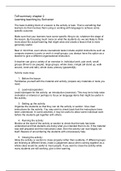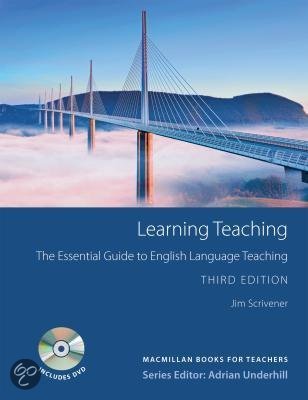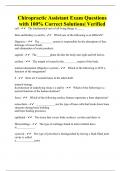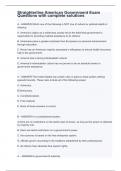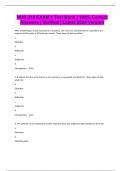Samenvatting
Samenvatting hoofdstuk 2 van het boek Learning Teaching voor het vak TEFL
- Vak
- Instelling
- Boek
Dit is een samenvatting van hoofdstuk 2 uit het boek Learning Teaching dat wordt gebruikt voor het vak vakdidactiek aan de lerarenopleiding Engels aan de HAN.
[Meer zien]
